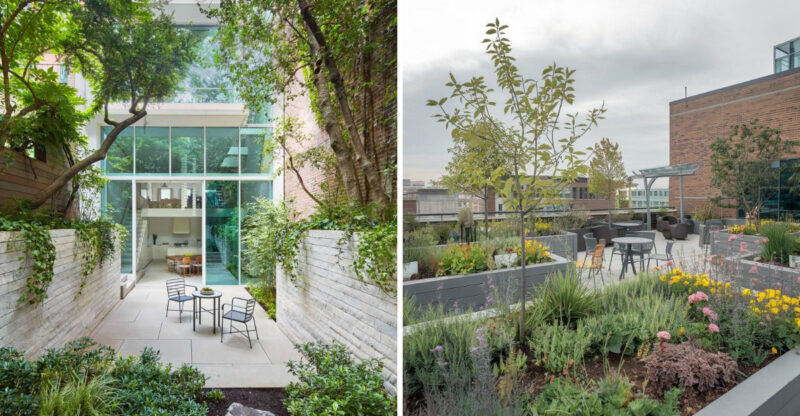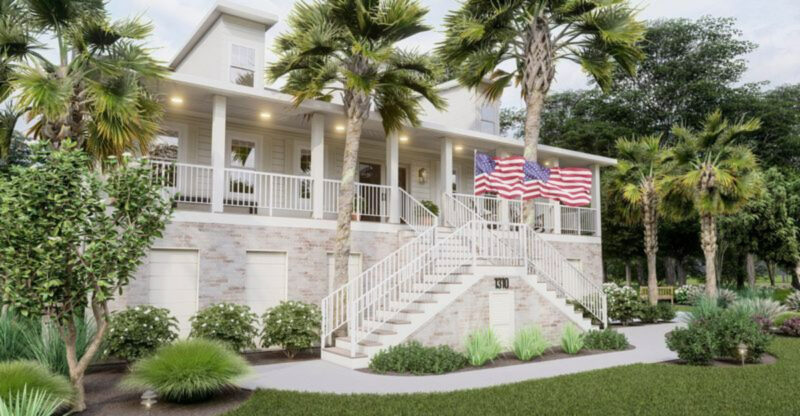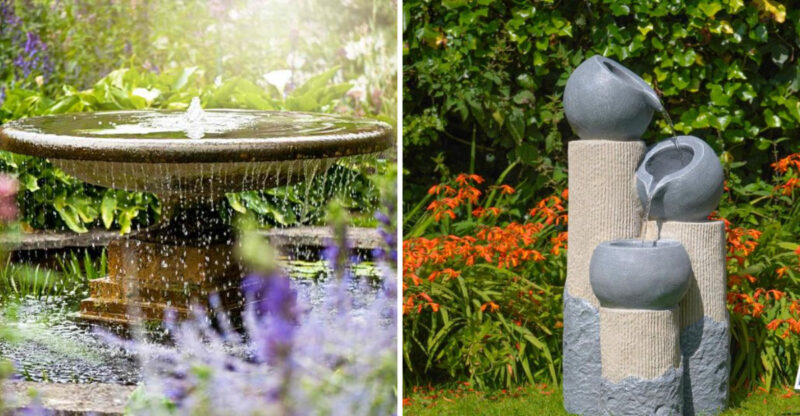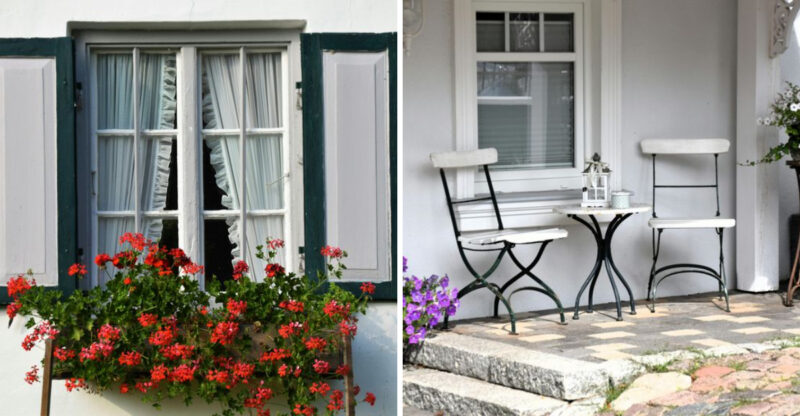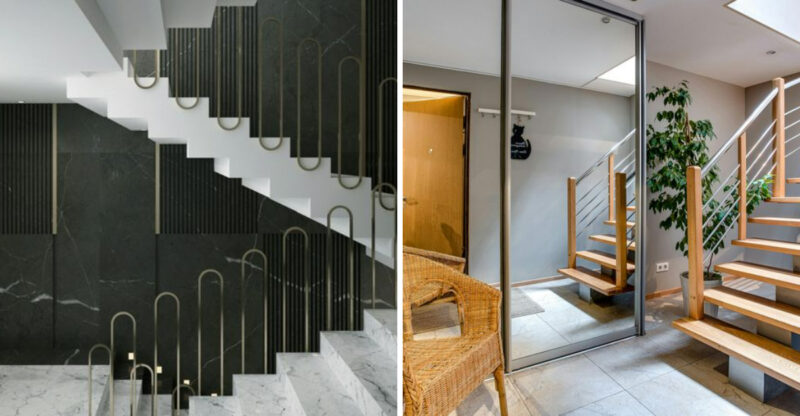How To Design A Minimalist Garden For A Calming Retreat
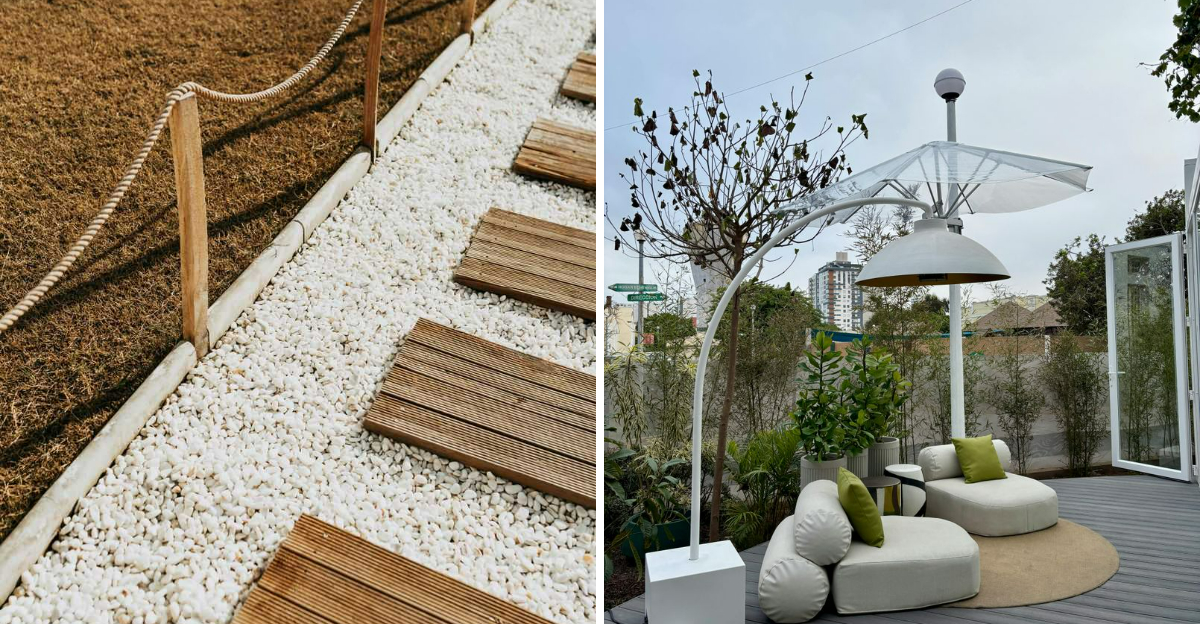
Creating a minimalist garden transforms your outdoor space into a peaceful sanctuary away from life’s chaos. These simple yet thoughtful spaces use clean lines, limited elements, and careful planning to create a sense of calm.
By focusing on quality over quantity, you can design an outdoor retreat that soothes your mind and refreshes your spirit. Keep in mind, there’s no one-size-fits-all approach. The best minimalist gardens reflect your lifestyle, climate, and the way you enjoy spending time outdoors.
1. Embrace Negative Space
Empty areas aren’t wasted space, they’re essential breathing room for your garden design. Negative space creates balance and allows focal points to stand out beautifully.
Consider leaving portions of your garden unplanted, perhaps with clean gravel, smooth stones, or simply well-maintained ground cover. Japanese zen gardens masterfully demonstrate this principle with their carefully raked gravel patterns.
Your mind naturally relaxes when it isn’t processing visual clutter, making these open spaces crucial for creating that coveted sense of tranquility.
2. Select Plants with Purpose
Quality trumps quantity in minimalist gardens. Choose each plant deliberately for its form, texture, or seasonal interest rather than cramming in varieties.
Architectural plants like snake plants, agave, or ornamental grasses create strong visual statements while requiring minimal maintenance. Native species thrive with less intervention and connect your space to the surrounding environment.
Consider evergreens for year-round structure and perhaps just one or two flowering plants that bring special joy, a single Japanese maple or a carefully placed lavender hedge.
3. Create Clean, Flowing Lines
Geometric precision brings immediate visual calm to your garden retreat. Straight pathways, circular planting beds, or gently curving borders all provide structure that guides both the eye and body through the space.
Avoid jagged or complicated designs that create visual tension. Instead, use simple, repeating patterns in hardscaping elements like pavers or decking.
These defined lines don’t just look appealing, they create a sense of order that helps quiet busy minds, making your garden a true mental escape from daily chaos.
4. Incorporate Water Features
Few elements bring tranquility like the gentle sound of water. A simple basin fountain, minimalist reflection pool, or sleek water channel adds both visual interest and soothing acoustics to your garden sanctuary.
Modern designs featuring straight lines and natural materials like stone or concrete blend perfectly with minimalist aesthetics. The reflective quality of still water doubles your garden’s beauty while creating a meditative focal point.
Water features also attract birds and beneficial insects, adding subtle life and movement to your peaceful retreat.
5. Choose Natural Materials
Authentic materials ground your garden in nature’s simplicity. Weathered wood, natural stone, gravel, and metal with a patina all age beautifully, developing character rather than deteriorating.
Limit your material palette to just two or three complementary elements throughout the space. For example, combine light gravel pathways with dark wooden benches and concrete planters for a cohesive feel.
These honest materials connect us to the earth and provide tactile pleasure that synthetic alternatives simply can’t match, deepening the sensory experience of your garden.
6. Design for Mindful Moments
Strategically placed seating invites you to pause and truly experience your garden. A single bench positioned to capture morning light or a meditation corner sheltered by graceful grasses creates purpose beyond mere aesthetics.
Consider how the space changes throughout the day, where shadows fall, how breezes move through plants, which areas catch golden hour light. These thoughtful details transform your garden into a living meditation.
Remember that a minimalist garden isn’t just about looking peaceful, it should actively encourage mindful moments that restore your connection to the natural world.

